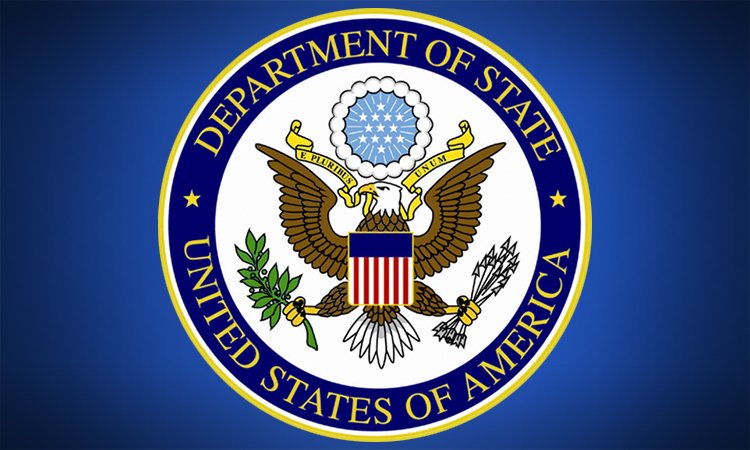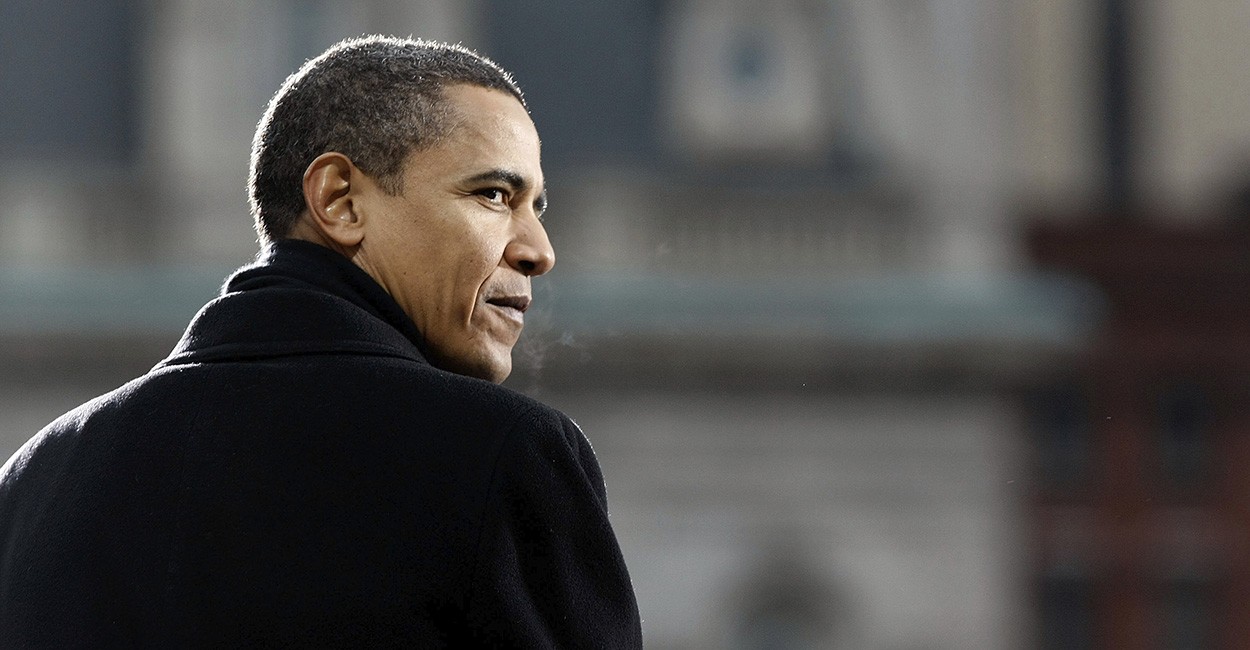By: Alexander Sileo
The rise of the 24-hour news channel has dramatically shifted the role of the media in political coverage. Viewers now have a variety of commentators and analysts to choose from when watching the news. News channels such as FOX and MSNBC ardently strive to present a narrative which appeals to viewers of a particular political ideology while other networks, like CNN, are falling behind as they try to straddle this ideological divide. The polarization of the news media also simplifies complex policy issues into right versus left conflicts instead of allowing these issues to be debated in a way that educates the viewer and exposes him or her to new ideas. This simplification causes electorates to become divided and alternative policy proposals to be ignored in favor of creating a dichotomy where only two ideas are seen as possible. As 24-hour news networks continue to favor partisanship, American voters will become less informed and politics will be more about fitting in than promoting efficient policy.
CNN was the first television channel to cover the news 24 hours a day in 1980. The channel gradually made a name for itself through its coverage of the Challenger Disaster and the Gulf War. The network’s coverage of the infamous Battle of Mogadishu led to government officials coining the term “the CNN effect” to describe the impact the new 24 hour news cycle had on government and political operatives. As CNN’s audience grew, so did the government’s desire to be portrayed positively.
By 1996, FOX and MSNBC were on the air and competing with CNN for airtime. FOX’s “The O’Reilly Factor” was one of the first programs to merge opinion with news analysis and quickly became the channel’s flagship program. MSNBC, which in the early 2000s was falling behind both FOX and CNN, attempted to imitate FOX’s success by focusing more on political coverage and airing opinion-focused programs. Commentators such as Keith Olbermann and Chris Matthews saw an increase in ratings as they replicated O’Reilly’s highly opinionated news format. CNN began to see a decline in ratings as it attempted to stay clear of any specific ideological base.
As news channels rely increasingly on opinion to fuel a drive for increased ratings and advertisement revenue, they become increasingly partisan and polarize issues in order to find a larger audience. One method is to create controversy in order to gain a reaction from viewers. News channels are made to cover large events. The 24-hour news cycle does best when viewers want continual updates, usually in regards to a tragedy such as the shooting in Aurora earlier this year.
In lieu of these updates, channels such as MSNBC and FOX need to find other issues to fill their coverage. One such issue was rapper Common’s visit to the White House in 2011. Common was invited for a poetry reading by First Lady Michelle Obama. This visit became a major issue for FOX News who dissected past songs and poems and claimed that Common promoted cop killing. An invitation to the White House, commentators claimed, would elevate Common and his rhetoric to an unacceptable level. In an effort to entertain viewers, news organizations need to promote controversies, as this is the easiest way for them to bring in revenue. This diminishes the coverage of other issues that are arguably more important, but often less controversial.
These news channels also exclude alternative policy proposals. It is easier for news organizations to frame issues as a battle between liberal and conservative forces. President Obama fighting the Republican nominee Mitt Romney is a simple dynamic to set up and analyze. Viewers can follow a political fight between two opposing forces, but may struggle to understand issues that have too many layers or possible policy solutions. It also makes it easier for opinionated analysts to take sides and declare a winner once the fight is over.
This construct, however, silences the views of others who fall outside the standard left versus right dichotomy. Candidates such as Jill Stein and Gary Johnson are often ignored for espousing views that do not fit the constructed paradigm. Ron Paul, a past candidate in the Republican primary, never got enough traction in main media outlets because his views did not fit those of the common Republican. It is too difficult for hosts to frame a debate with three or more sides. Designing the issue as an “either-or” fight simplifies the issue for the audience and allows each analyst to take a clearly marked side of the debate. This dichotomy lowers the level of discourse in the United States by stifling independent viewpoints.
It is unclear if there is any solution for this. Printed news organizations are quickly losing revenue and many are switching focus to online platforms that often need an ideological bent to stay relevant. Smaller online websites also seem to fall into the trap of partisanship in order to increase viewership. Many blogs have become notable for endlessly trumpeting the case for one candidate or party. Columnists such as Paul Krugman are also popular for espousing only one particular viewpoint.
One possible way to stop this polarization would be to attempt to frame the debate in a new way. Instead of encouraging a liberal-conservative divide, news channels could attempt to encourage policy analysis as a dichotomy of corruption and transparency. This new dichotomy might lessen the focus on political parties and encourage viewers to think of government in a new way. News programming might also try to focus on expert opinion rather than political analysis. Shows could attempt to have a more substantive discussion of issues, but this would possibly be unprofitable and drive viewers away.
The increasing polarization of the 24-hour news cycle is negatively affecting the democratic process of the United States. It encourages pandering, divides the electorate, and limits tolerance for opposing viewpoints. As news media increasingly converges with entertainment in a drive for higher ratings, the political process and the American voters will only continue to suffer. News organizations need to frame politics in a different way if their programming is going to be substantive and diverse.

